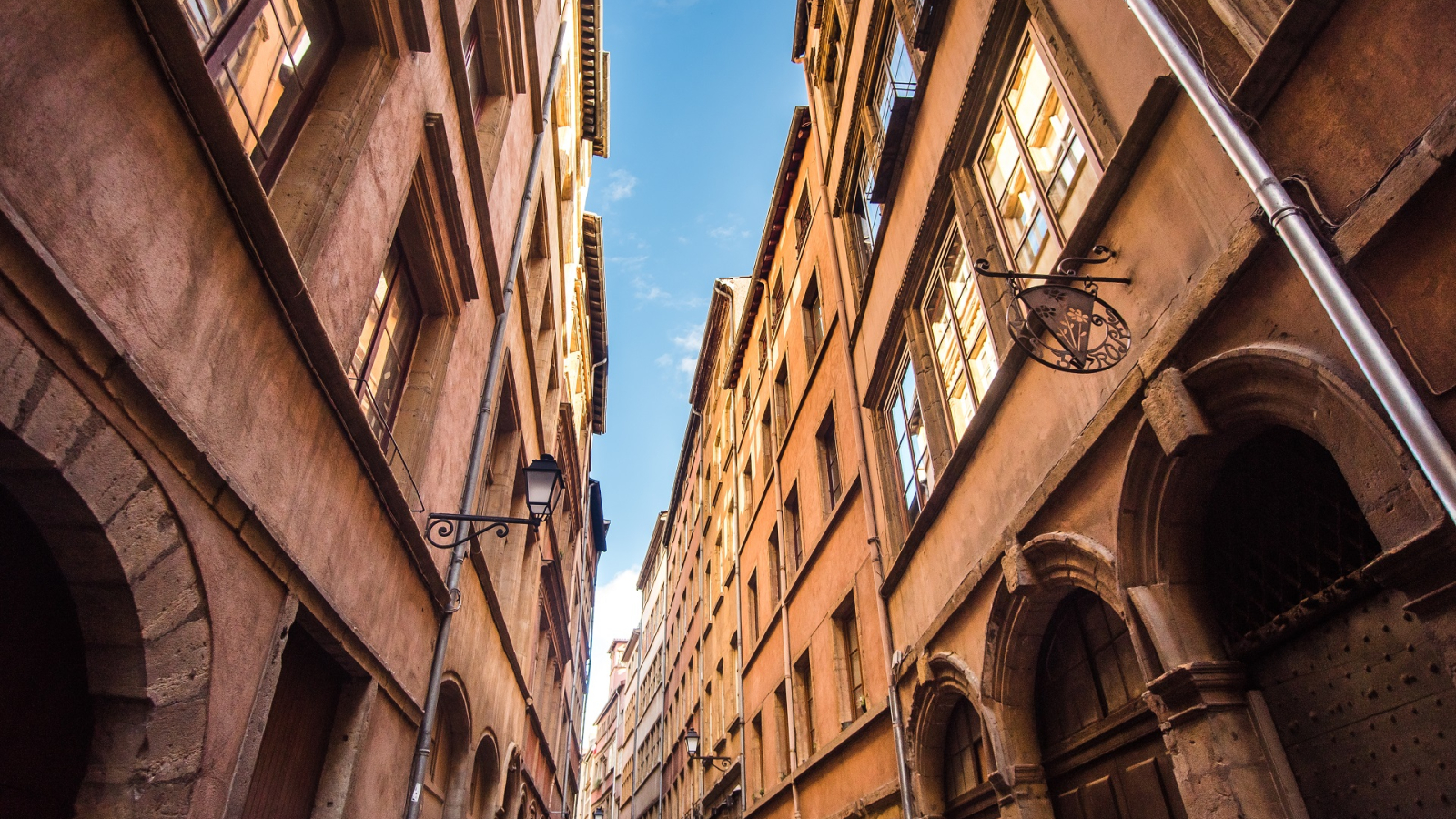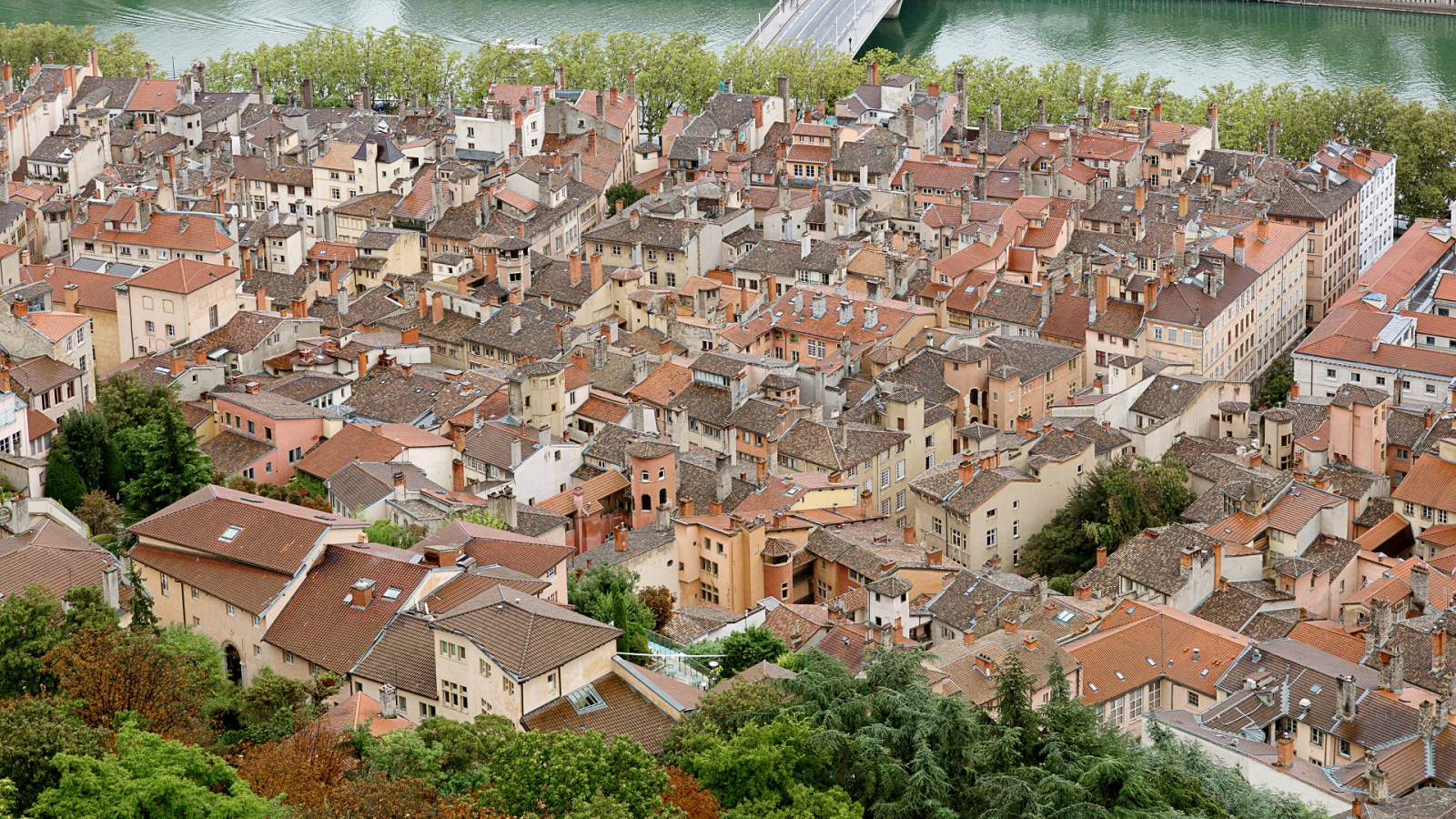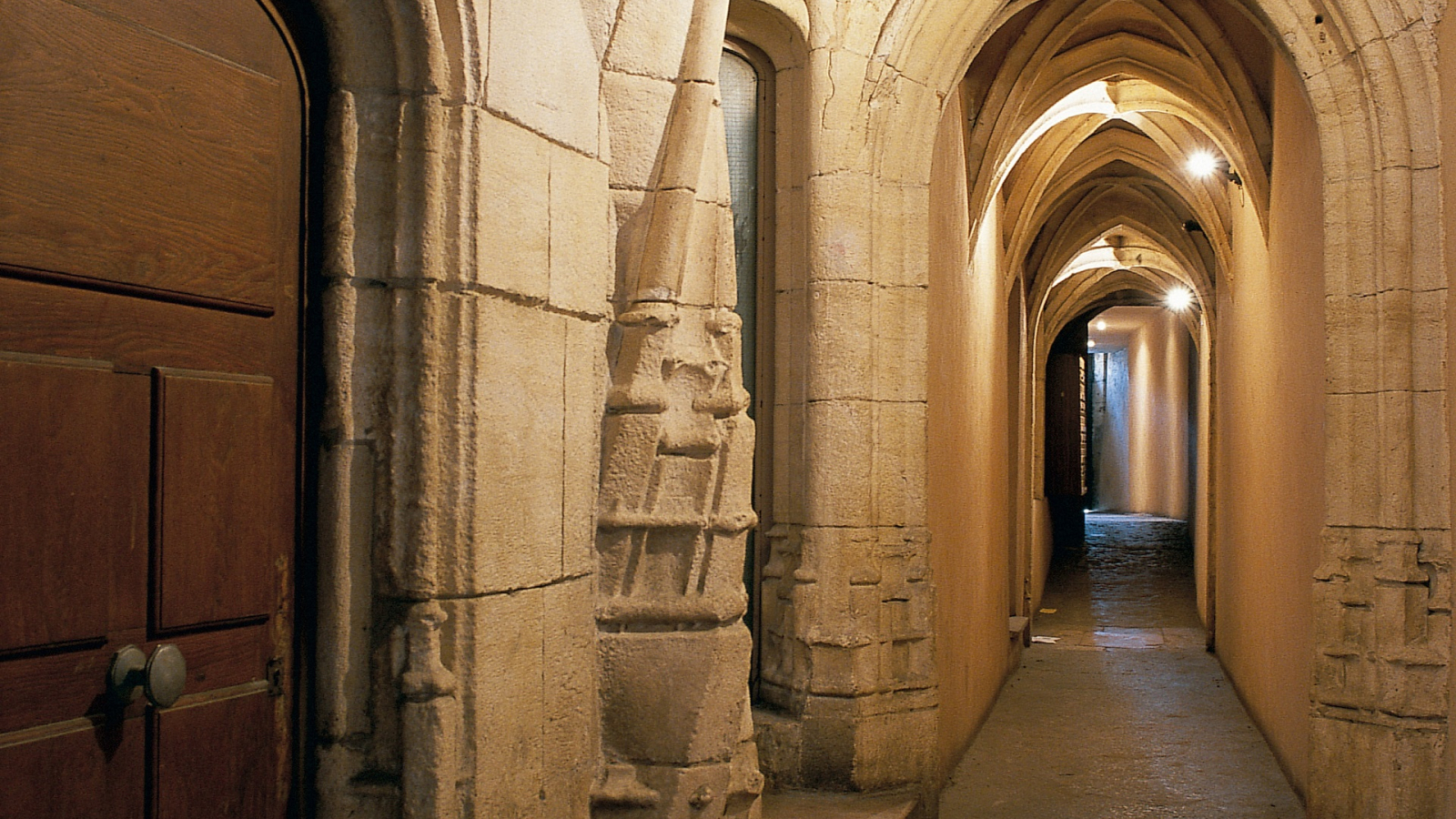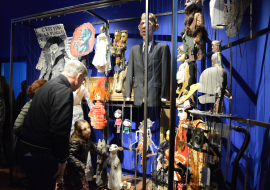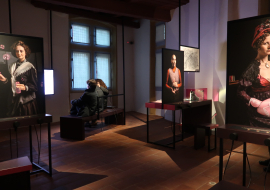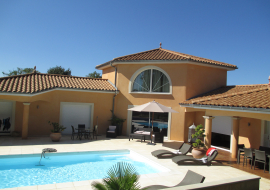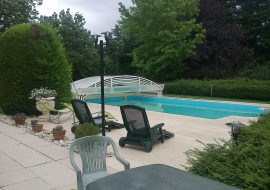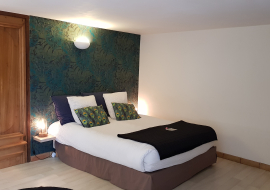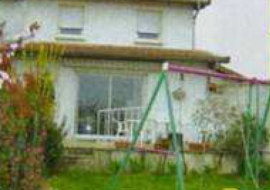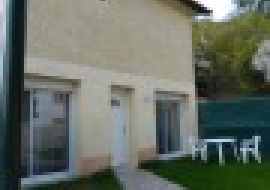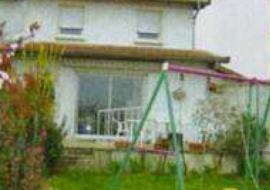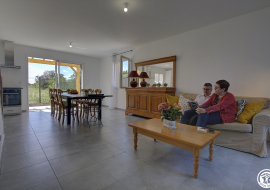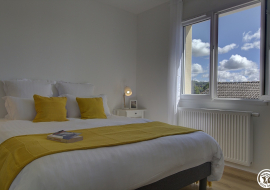Description
During the Renaissance, its peak, neighborhoods are organized around three religious buildings: in the south, Saint George with the craftsmen; central location, Saint John, area of the upper clergy and aristocracy; in the north, Saint Paul district of the "bourgeoisie", financial and commercial center. Large families of Italian bankers and merchants have established themselves, by building sumptuous residences.
In 1960, the Old Lyon was in a sad state. Many buildings were threatened and urban projects planned destruction and mutilation. Thanks to the action of the State ( André Malraux, Minister of Culture ), the association "Renaissance Vieux Lyon" and the City, Old Lyon was the first French Quarter "safeguarded area" in 1964.
* Rue Saint Jean, 368 m long, and place Saint Jean 2548 m².
* The House Turquet impasse Turquet in St-Georges, the oldest house in Lyon (1524), with wooden balconies
* The Moorish House, in the corner of quai Fulchiron and avenue A. Max, the most recent of the Old Lyon, built in 1845 by Pierre Bossan.
* A kernel without staircase, 10 rue Lainerie
* Hotel Bullioud: in the courtyard, fallopian gallery of Philibert Delorme, 8 rue Juiverie
* The Government House, 2 place du Gouvernement
* Hotel Laurencin: spiral staircase, 24 rue St-Jean
* Hotel Paterin or Maison Henri IV, 4 rue Juiverie
* The House of Antoine Groslier of Servière, 11 rue Juiverie
* The House Baronat, 22 ure Juiverie
* The House of Chamarier: sink of Philibert Delorme, 37 rue St Jean
* The Maison du Crible with the Tour Rose, 16 rue du Boeuf
* The House Dugas or the House of the Lions, 23 rue Juiverie
* La Maison Le Viste, 27 rue St Jean
* The House of Mourguet, 2 place St Paul
* The House Thomassin, 2 place du Change
Additional info
- Services :Guided individual toursGuided group tours
- Labels :listed

